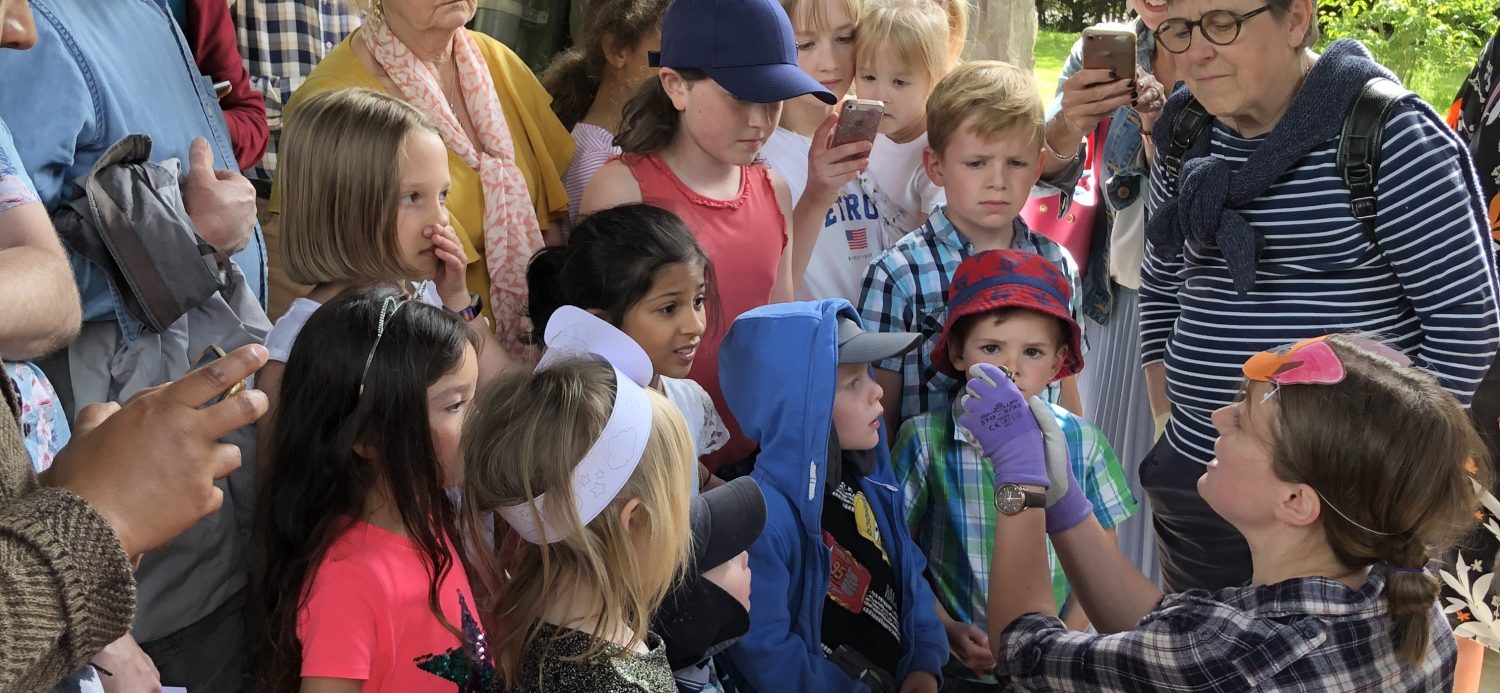The presence of bats is a material consideration in the planning process.
Bats and the law
In Britain all bat species and their roosts are legally protected, by both domestic and international legislation.
This means a criminal offence may be committed if any of the following occur:
- Deliberately take, injure or kill a wild bat
- Intentionally or recklessly disturb a bat in its roost or deliberately disturb a group of bats.
- Damage or destroy a place used by bats for breeding or resting (roosts) (even if bats are not occupying the roost at the time)
- Intentionally or recklessly obstruct access to a bat roost.
- Possess or advertise /sell/exchange a bat of a species found in the wild in the EU (dead or alive) or any part of a bat.
How does this relate to planning?
When anyone is undertaking any building or development work it should be considered if bats may be present. Therefore, the first step in any development or building works should be to gain an ecological assessment of the site from a suitably qualified ecological consultant.The presence of bats does not necessarily mean that a development cannot proceed, but it may influence the details, timings and working methods.
Protected species are a material consideration in the planning system. If a survey has not already been undertaken and a development has the potential to impact on bats, the planning authority should request that the developers commission an appropriate bat survey carried out by a suitably qualified ecologist. This may cause delays to the building works because the surveys need to be undertaken at certain times of the year and must be undertaken prior to planning permission being determined. Therefore, the earlier in the process that bats are considered the less disruption to building plans there will be.
The bat survey will be uploaded to the relevant district’s planning portal along with all other documents relating to that application. If a bat survey demonstrates that bats and / or a known roost are likely to be affected by the proposed development, the planning authority should request sufficient information to determine that no bat roosts will be harmed and/or that there are appropriate measures in place to protect bat interest on site. There are two ways this may be achieved depending on the type of measures needed; under a non-licensed Method Statement or a mitigation licence from Natural England.
The granting of planning permission does not absolve the applicant/developer/successors in title from obtaining a licence issued by Natural England prior to any development/ works commencing on the site and complying with the terms and conditions of any licences.
How do I search for a planning application on the planning portal in order to explore documents submitted in support of a planning application?
Firstly, identify which district, borough or city council the site is located within and navigate to the relevant planning application search pages using the below links. Every planning application has a unique reference number. If you know this, use it to find the application on line. If you don’t know the application reference number, you can search the system by parish, postcode, or key words to locate the application you are interested in.
- Breckland District Council’s planning application search tool
- Breckland District Council’s planning application WebMaps tool
- South Norfolk Council’s planning application search tools
- Broadland planning application search tool
- Borough Council of King’s Lynn and West Norfolk planning application search tools
- Great Yarmouth Borough Council’s planning application search tool
- North Norfolk District Council’s planning application search tool
Click on the ‘documents’ tab and look for the report you are interested in. It might be called ‘Bat Survey’, ‘Protected Species Survey’, ‘Preliminary Ecological Appraisal’ or something similar. If you would like to comment on a planning application, then this is possible via the planning page of each of the above websites (one or two pages before the search tool). The planning case officer at the Local Planning Authority will take your comments into consideration when determining the planning application.
Where do I find a suitably qualified ecologist to carry out a survey?
The Norwich bat group does not have the resources or remit to provide advice on planning matters. To find a suitably qualified bat ecologist with the necessary licences issued by Natural England, you can use the Professional Directory of the Industry Body, the Charted Institute of Ecology and Environmental Management (CIEEM). The following web page will take you to a searchable list of CIEEM-registered professionals: CIEEM directory
What if I am carrying out works outside of the planning system?
Works that do not require planning permission could also potentially impact on bats (for example re-roofing, timber treatment, replacing slipped or cracked tiles, replacing soffit boxes, or insulating a roof void) and the above legislation still applies. If the proposed works could impact on bats, surveys may be required, and this may lead to the need for appropriate mitigation measures and/ or a licence from Natural England. If you are not sure if the works proposed will impact on bats then we recommend contacting the National Bat helpline https://www.bats.org.uk/our-work/national-bat-helpline for further advice. As stated on their website, ‘the National Bat Helpline can answer your questions and concerns about bats and give you advice on bats care, building works and reporting bat crime.’
Useful links:
The Gov.uk website contains information that may help you.
The following link describes how local planning authorities should consider protected species in the planning system: https://www.gov.uk/guidance/protected-species-how-to-review-planning-applications
The following link describes the current requirements for bat surveys and mitigation for development: https://www.gov.uk/guidance/bats-surveys-and-mitigation-for-development-projects
How can I access bat records to inform a bat survey?
Members of the Norwich Bat Group share their data with the Norfolk Biodiversity Information Service (NBIS). NBIS holds biodiversity and geodiversity records for the county. All commercial data requests should be directed to them: enquiries.nbis@norfolk.gov.uk
